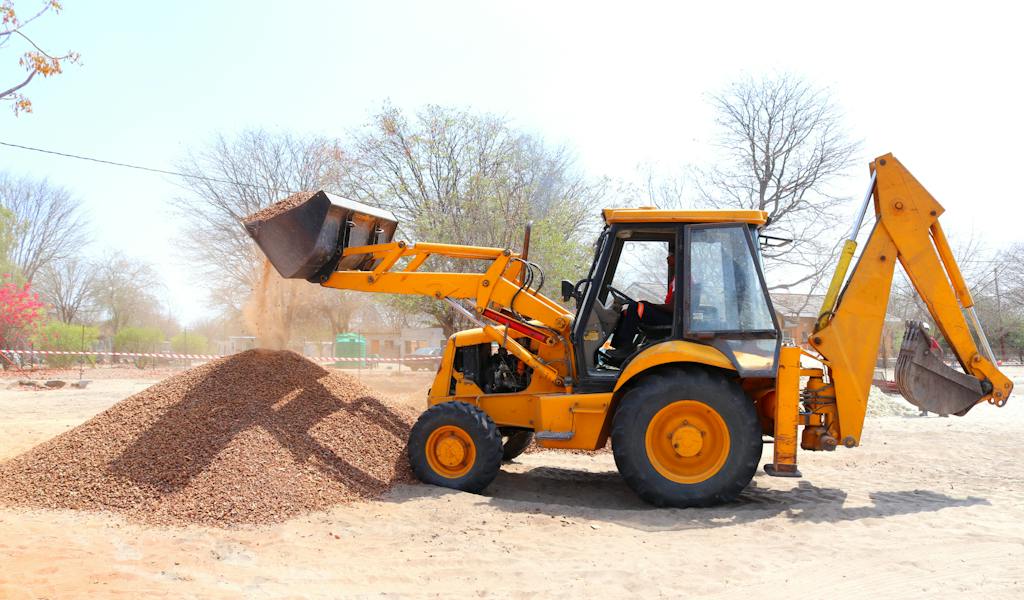Purchasing a used trencher can be an excellent investment for contractors. However, it’s important to carefully inspect machines for wear and tear and consider how terrain, space, and project requirements will impact use. Looking for maintenance records indicating how a device was maintained and cared for. Observing grease fittings and taking pressure readings are also essential.
Check the Overall Condition
When a used trencher is well maintained, it can help you efficiently complete projects. This can be especially important when you have tight deadlines and budget constraints. By performing a physical inspection and testing its functionality, you can ensure that the used trencher for sale will match your needs. Suppose you can try to get a hold of the machine’s maintenance records. This can be a telltale sign of how the equipment was cared for by its previous owners.
Another critical step in inspecting a used trencher is listening to how it runs. A sound engine and hydrostatic pump are essential to a trencher’s success. Listen for knocks, smoke, and other sounds that indicate the machine isn’t running correctly. Pressure readings and examining oil samples can also help you determine whether the device is in good condition. You should also carefully read the backfill blade. Since these trenchers often work in challenging and abrasive conditions, they can become banged up quickly. Look for stress fractures and dings that may indicate the trencher was used for tasks it wasn’t designed to handle.
Check the Engine and Hydraulic System
Trenchers are used to dig trenches for various purposes, including laying pipes and installing irrigation systems. But like any other equipment, they require regular maintenance to stay in optimum condition and continue to work efficiently. In the long run, not maintaining a trencher properly will result in lost productivity and repairs. Start by looking at the trencher’s engine and hydraulic system to ensure they are in good working order. Please confirm the machine isn’t overheating or producing excessive smoke, and check that it has clean filters.
Also, drain the hydraulic fluid and check the tank for moisture and crud; if the system is dirty, you’ll need to flush it. It’s essential to use the correct fluid for your specific trencher, so choose an AW 46 or equivalent grade of engine oil that will match the temperature range of the machine and your local climate. Also, regularly grease the moving joints, especially those with exposed bearings. Not greasing them will result in dirt and debris building up on the paths, which will cause them to wear down faster. Additionally, don’t raise the relief valve setting to increase performance; this can cause unnecessary tear-downs and costly damage. Finally, remember not to grease a trencher over; pumping too much grease through a zerk will only waste it and can create problems with the lubrication of other parts.
Check the Chain
The digging chain is the heart of a trencher. It wears and breaks down fastest, requiring daily inspections and replacements when needed. Digging chains come in many sizes, and the correct fit is critical to trencher performance. A loose chain will slap against the boom and create unwanted stress on multiple components. A tight chain will wear unevenly, creating different patterns on sprockets and sidebars. Both can shorten equipment life significantly. A worn-out chain will also reduce digging speed and increase the likelihood of damaging other components, including the engine and hydraulic system. Look for wear strips on both ends of the digging chain. If they are gone, there will be more severe problems.
Other vital signs of wear and tear include the condition of the teeth. Some manufacturers apply carbide to their digging chain teeth to strengthen and extend their life. When these carbides wear down to the base steel, the teeth will likely break off during operation, reducing productivity and increasing costs. Depending on soil conditions, operators can improve productivity by fine-tuning working speeds between the engine, ground drive, or trencher chain. Wren recommends checking chain sag during a walk-around each morning, after lunch, and when digging conditions change. The proper hang for individual trenchers is specified in the operator’s manual.
Check the Teeth
Changing out the teeth on a trencher is a quick, routine maintenance task that can impact productivity. Having the correct teeth for your terrain is vital to maximizing your machine’s performance and keeping up with your maintenance schedule.
Trencher teeth are available in various sizes and shapes, depending on your working conditions. If you’re digging in relatively soft soil, you can choose a trencher with standard or cup teeth that are made to dig through the dirt quickly and easily. However, digging in more brutal, rocky soil requires a set of shark teeth designed to cut through more rigid materials. When choosing the correct tooth type for your worksite, you must also know how often they should be changed. Most teeth have a pocket protector that helps keep the tooth from wearing down too quickly, and you’ll need to replace them when the pockets wear down completely.

















